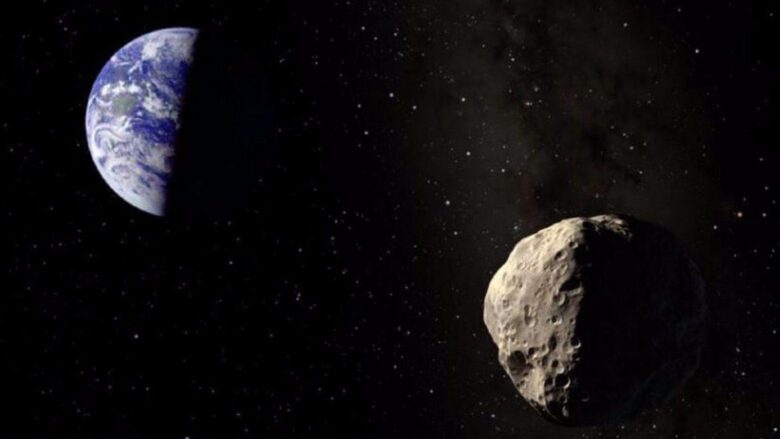The threat of an asteroid impact on the earth, with a force of about a hundred Hiroshima bombs, has passed. The piece of matter, up to 50 meters long, ‘2006QV89’, will not touch our planet. This is what the head of the planetary protection service of the satellite monitoring center of the European Space Agency (ESA) in Darmstadt, Rüdiger Jehn says.
A possible point of her job was observed at the beginning of July with a telescope in Chile. If the asteroid had surfaced there, it would have collided with the earth. But there was nothing to see from 2006QV89. She may be able to approach the earth again in September 2023.
The matter could have hit the earth in September. According to ESA, the chance of a collision was 1 in 7,299. For comparison: the chance to win the Lotto with six correct numbers plus the bonus number is 1 in 140 million. Matter from the universe in this order of magnitude can cause immense damage.
Six years ago the explosion of a 20-meter meteorite caused devastation in the Russian metropolis of Chelyabinsk. A deafening bang was heard and a shockwave raged across the country. The explosion of the 16,000-tonne debris injured around 1,500 people on 15 February 2013, most of them by broken windows. Thousands of buildings suffered damage.
The ESA currently has 870 objects on a list that could potentially hit the earth over the next hundred years. According to Jehn, it will be observable how 2006QV89 flies past our planet.
